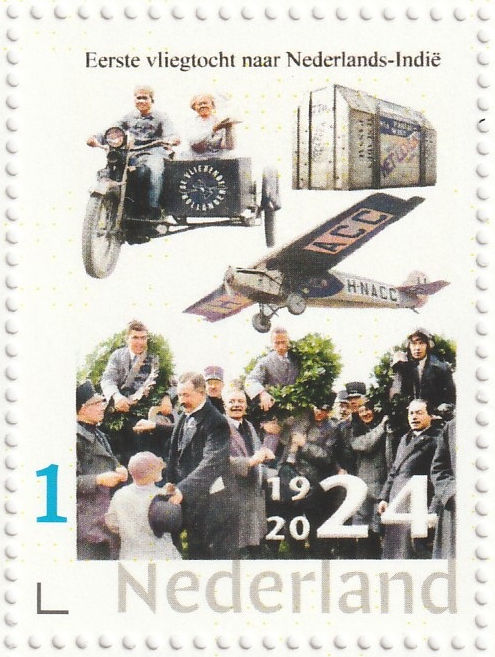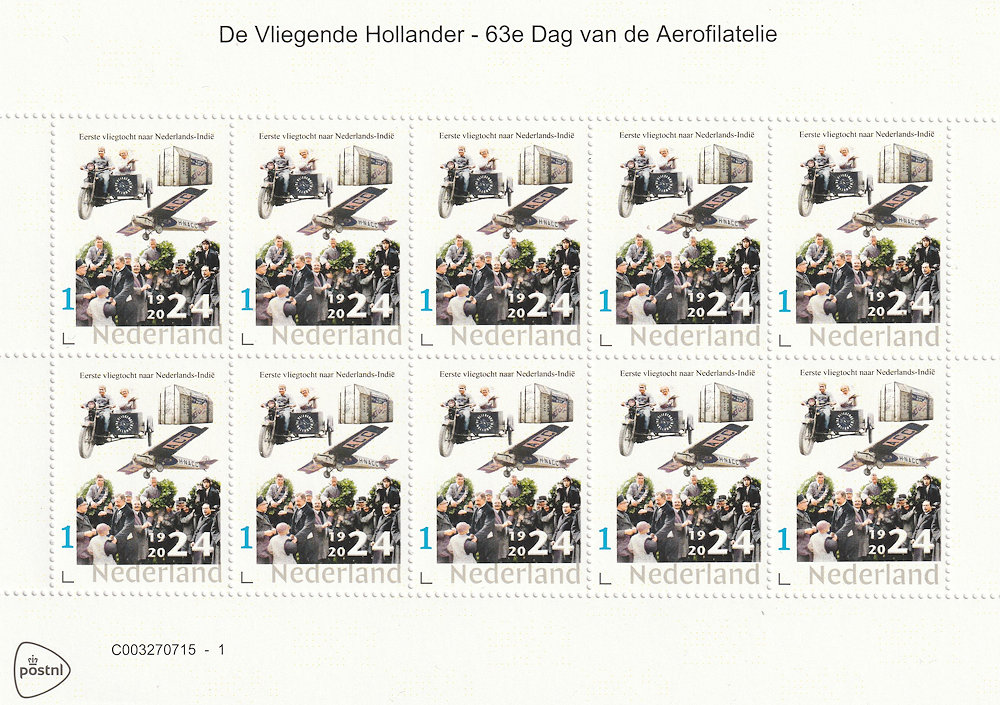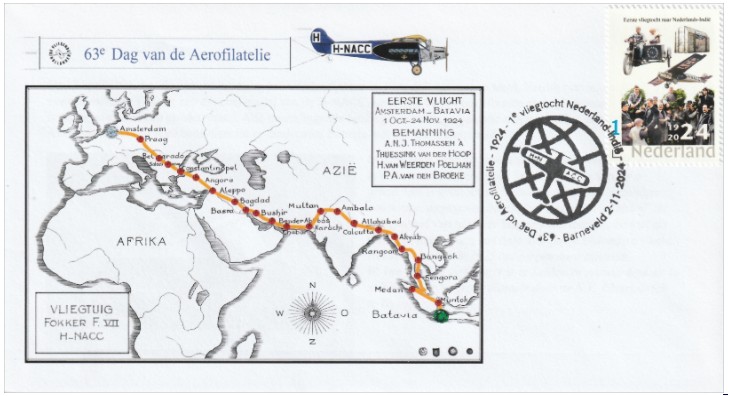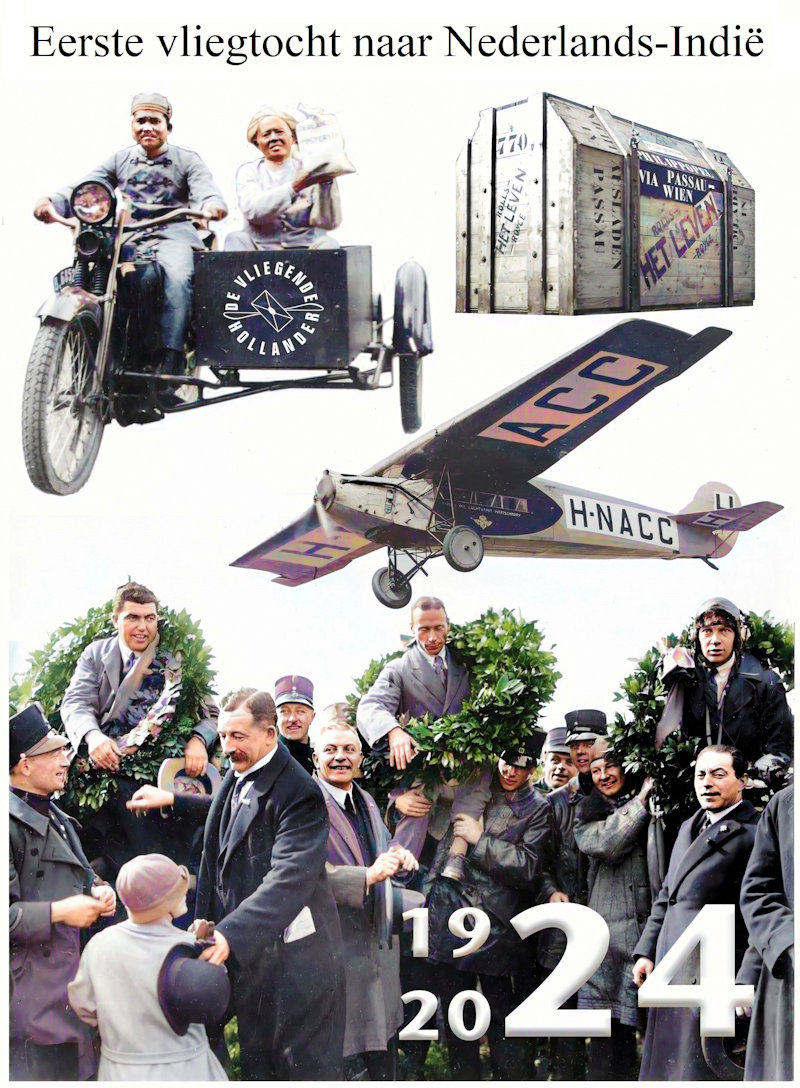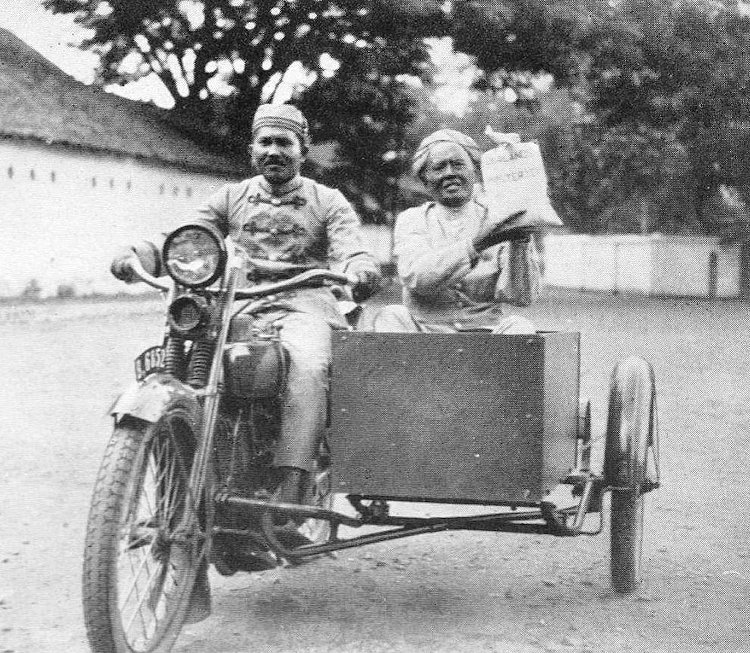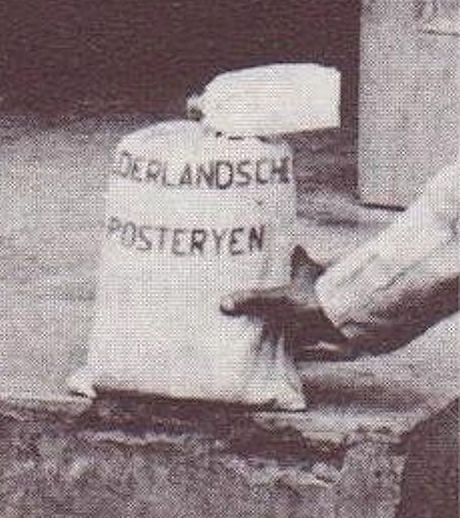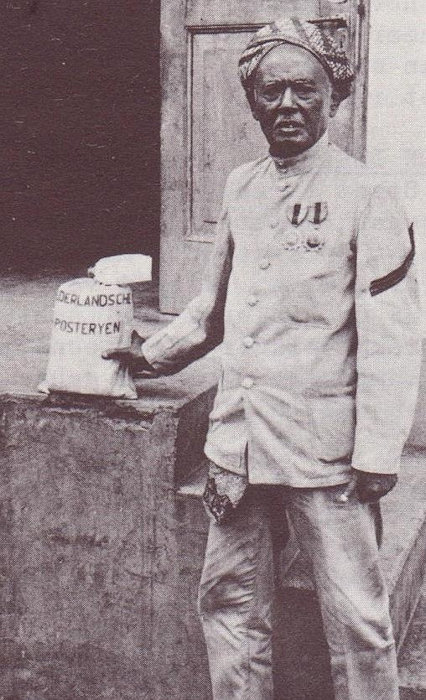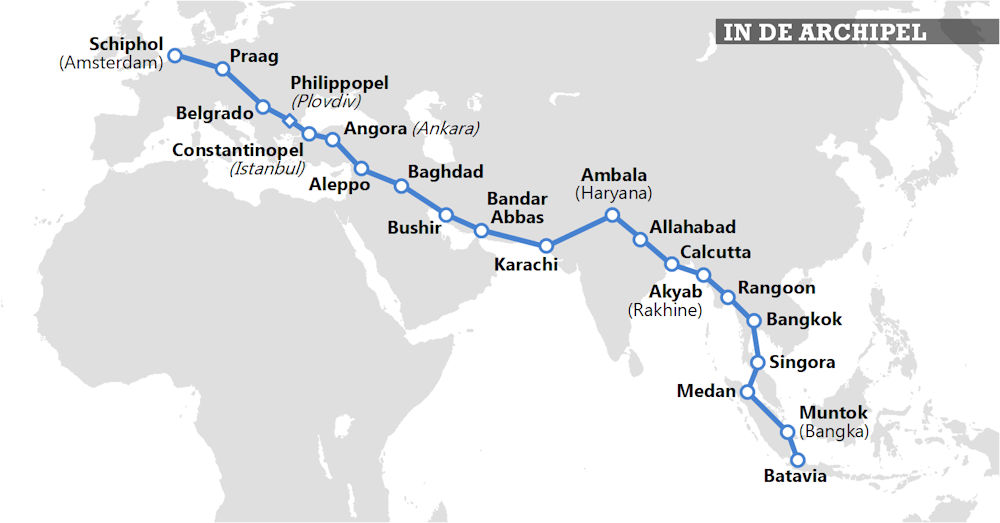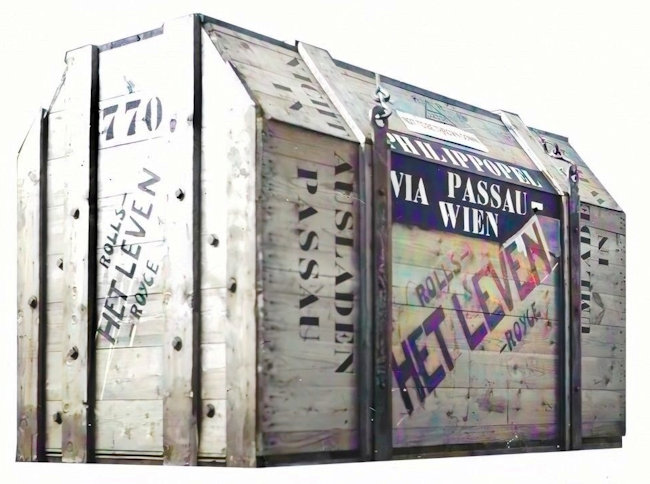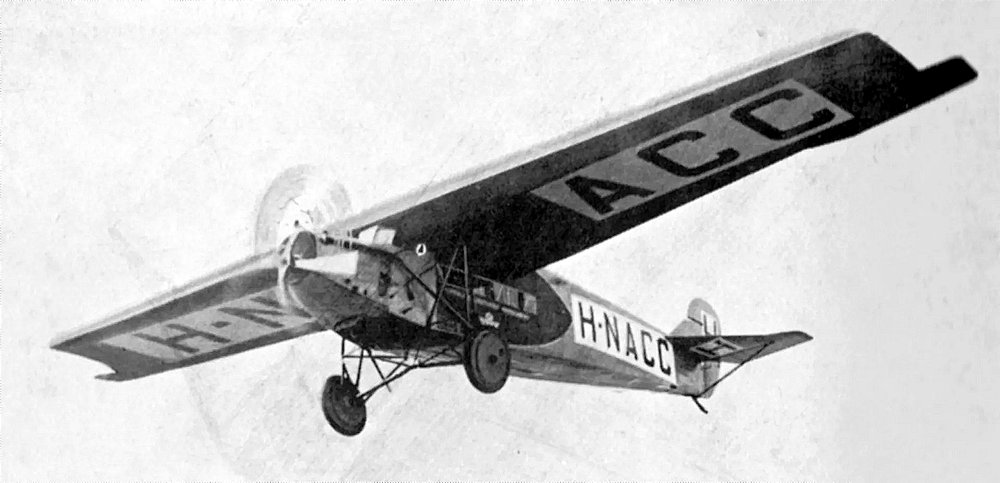A personalised stamp with the H-NACCNo, it is not a type designation of a motorcycle, but the registration number of the Fokker F-VII with which the first airplane flight from the Netherlands to the Dutch East Indies (now Indonesia) was undertaken. This flight, then simply called the Holland-Indies flight, went from Schiphol to Batavia and took place in 1924, exactly 100 years ago last year. |
|
Nowadays we consider such a flight as nothing special, and you can even fly non-stop to Indonesia. At that time, only 21 years after the first powered flight by the Wright brothers, things were quite different.
The aircraft had been specially modified for this flight, including removing the passenger seats and installing extra fuel tanks. This allowed the aircraft to stay in the air for 10 hours. Because the cruising speed was only around 120 km/h, a maximum of around 1200 kilometres could be flown per stage.
The 16,000 km journey was therefore divided into 22 day stages:
On 1 October 1924 the journey started, with a crew of 3 people: the pilot, a co-pilot and a flight engineer. The first 2 stages went according to plan. However, on the third stage, from Belgrade to Constantinople (present-day Istanbul), disaster struck. Due to loss of cooling water, the engine overheated and the aircraft had to make an emergency landing. This was at Philippopel, present-day Plovdiv in Bulgaria. The landing gear was damaged during the landing on a grass field. But worse was that the engine had suffered irreparable damage. In the Netherlands, money was collected among the readers of the magazine "Het Leven" for a new engine, which was sent to Bulgaria in a wooden crate. This crate is depicted on the top right of the stamp.
After installation of the new engine the journey could be continued on the 2nd of November.
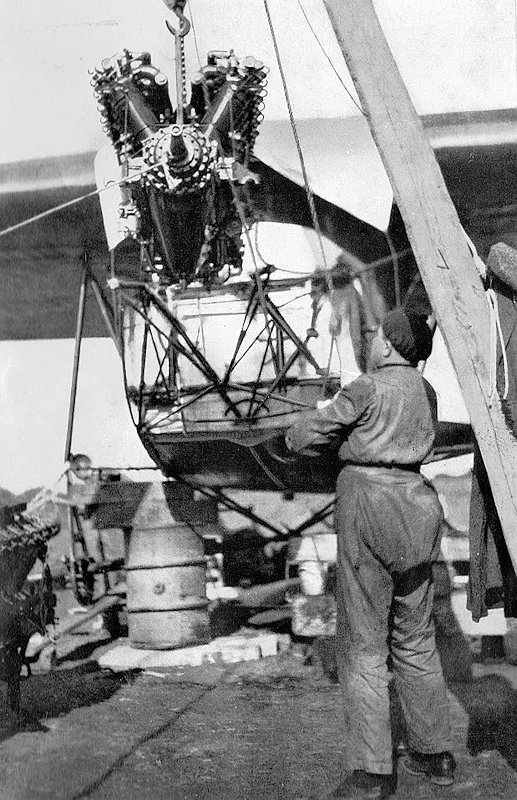
The flight engineer busy replacing the engine
The rest of the journey went without major problems, so that Batavia was finally reached on 24 November 1924 and the mail could be delivered.
After the flight, the crew stayed in Indonesia for a few months to give lectures about their flight, spread across the country. In March 1925, the plane was dismantled into several parts and returned to the Netherlands by boat.
It was not until 1927 that there was a second flight from Schiphol to Indonesia, but it was not until 1929 that there were regular mail flights.
Hans de Kloet
Addition by Paul Essens
Sources (in Dutch):
· VPPV Newsletter 2025.1
· https://indearchipel.com/2019/05/06/holland-indie-vlucht-1924/
· http://snip-fan.nl/node/6
· https://nl.wikipedia.org/wiki/Eerste_KLM_vlucht_naar_Nederlands-Indi%C3%AB
